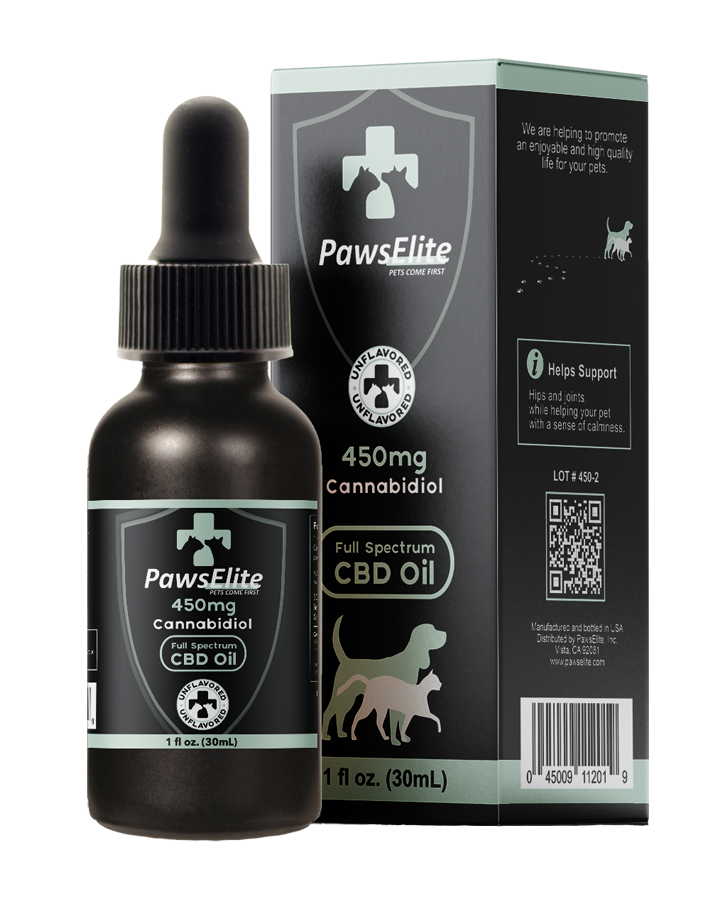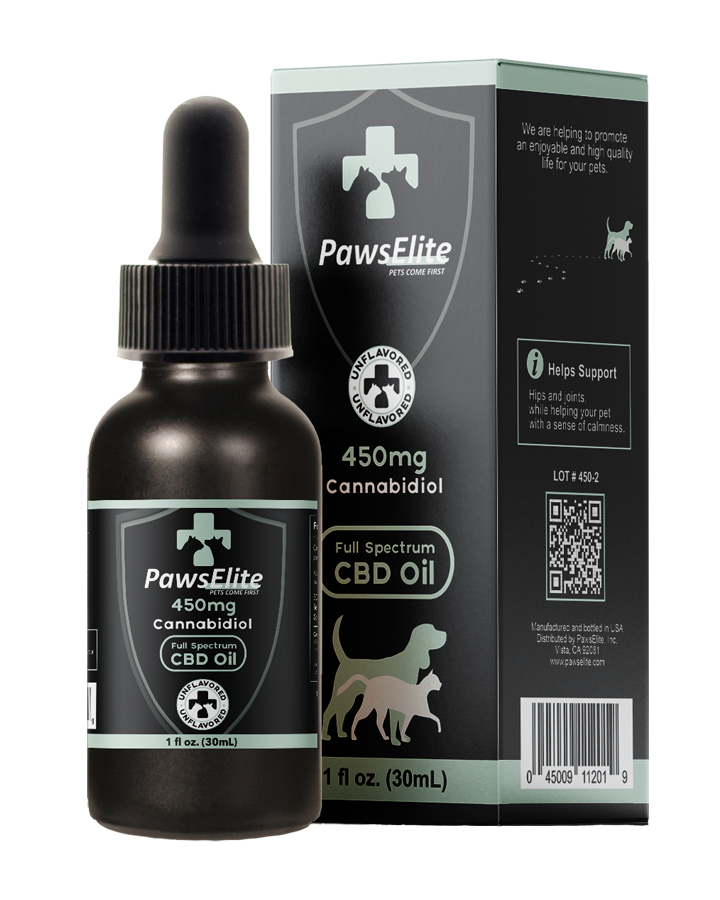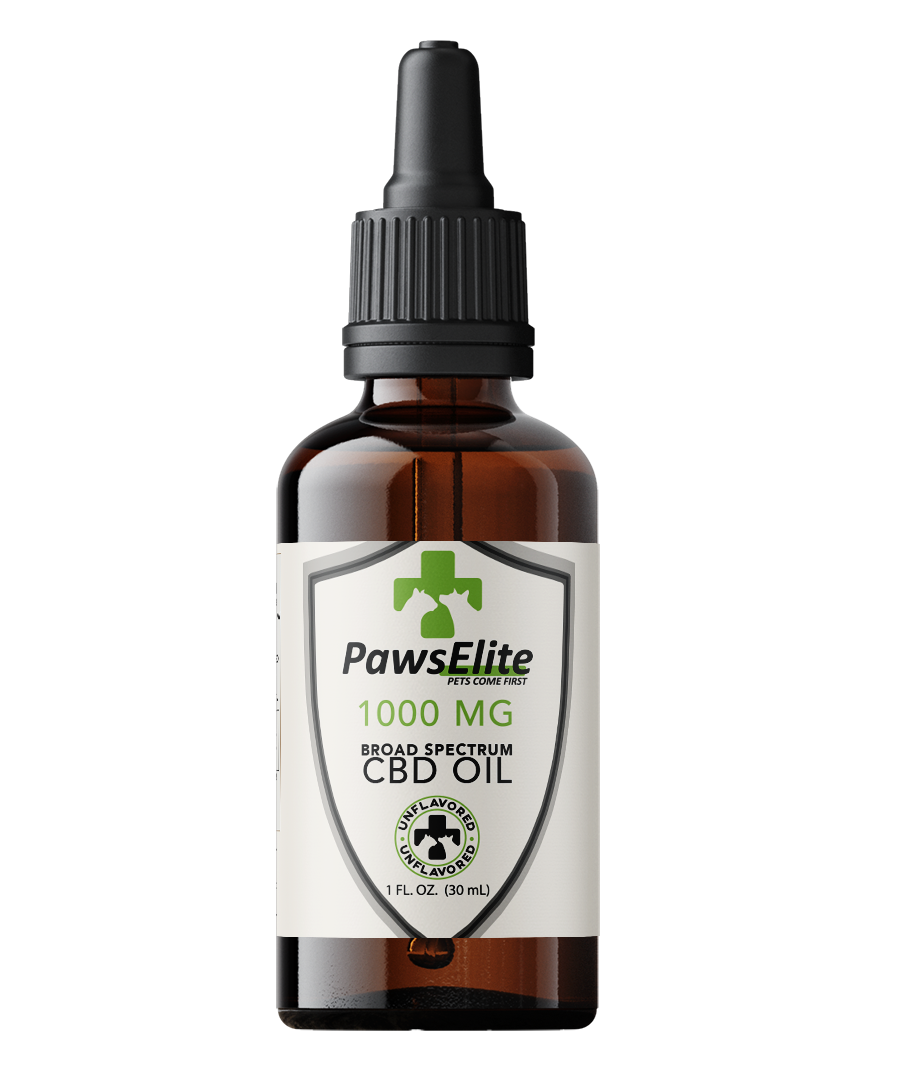
Lab Pit Mix 101: Understanding Their Background and Origins
Share
In a world where breed stereotypes can overshadow individual personalities, Lab Pit Mixes often find themselves unfairly labeled as aggressive or dangerous. This stigma not only affects their chances of adoption but also perpetuates harmful misconceptions that prevent families from experiencing the joy and love these dogs have to offer. This article is a rallying cry for change, aiming to challenge preconceived notions and advocate for the true nature of Lab Pit Mixes. By offering valuable insights into their behavior, needs, and potential as loving family members, this article seeks to empower readers to see beyond labels and embrace the unique qualities of Lab Pit Mixes, ultimately enriching both their lives and the lives of these deserving dogs.
Setting the Stage: The Curiosity Surrounding Lab Pit Mixes
Lab Pit Mixes, also known as Pit Lab Mixes or Bulladors, have been sparking curiosity among dog enthusiasts and potential pet owners alike. These unique canine companions are a blend of two beloved breeds: Labrador Retrievers and Pit Bulls. With their striking appearance and diverse personalities, Lab Pit Mixes have garnered attention across the globe.
From their distinct physical features to their endearing temperament, Lab Pit Mixes embody the best of both worlds. However, despite their growing popularity, many individuals still harbor misconceptions about these mixed-breed dogs. Questions often arise regarding their origins, temperament, and suitability as family pets.
Whether you're a seasoned pet owner or someone considering bringing a Lab Pit Mix puppy into your home, understanding the intricacies of this hybrid breed is crucial. By delving into their background and characteristics, we aim to unravel the mysteries surrounding Lab Pit Mixes and provide clarity for those intrigued by these captivating canines.
Purpose of the Article: Providing Essential Information for Potential Pet Owners
The primary goal of this article is to serve as a comprehensive guide for potential pet owners interested in Lab Pit Mixes. Whether you're actively researching this breed or simply curious about their origins and traits, this article is designed to equip you with essential information to make informed decisions.
For individuals considering adopting a Lab Pit Mix puppy, understanding their background and temperament is essential. By providing insights into their breeding history, appearance, and common health issues, we aim to empower potential pet owners to navigate the process with confidence.
Moreover, for current pet owners of Lab Pit Mixes, this article serves as a valuable resource for deepening their understanding of their canine companions. From training tips to preventative healthcare measures, we strive to offer practical advice and support for fostering a happy and healthy relationship with your Lab Pit Mix.
Throughout this article, we'll explore the origins of Lab Pit Mixes, delve into their appearance and temperament, and highlight key considerations for responsible ownership. Whether you're a seasoned dog enthusiast or a first-time pet parent, join us on this journey to unlock the mysteries of the Lab Pit Mix breed.
Historical Context: Origins of Lab Pit Mixes
The history of Lab Pit Mixes, often referred to as Pit Lab Mixes or Bulladors, dates back to the late 20th century in the United States. This hybrid breed emerged from the intentional crossbreeding of two distinct and beloved breeds: Labrador Retrievers and Pit Bulls. The blending of these breeds aimed to combine the desirable traits of both parent breeds, resulting in a versatile and affectionate companion.
- Key Points:
- Emergence in late 20th century USA
- Intentional crossbreeding of Labrador Retrievers and Pit Bulls
- Aim to combine desirable traits of both parent breeds.
Breeding Practices: Influences and Objectives
The breeding practices behind Lab Pit Mixes are influenced by various factors, including breeder preferences, demand for specific traits, and overarching breeding objectives. While some breeders prioritize temperament and health, others may focus more on physical appearance or working abilities. Responsible breeding practices aim to prioritize the welfare of the dogs involved, adhering to ethical standards, and promoting the well-being of the breed.
- Key Points:
- Influence of breeder preferences and market demand
- Varied breeding objectives: temperament, health, appearance, working abilities.
- Responsible breeding practices prioritize dog welfare and adhere to ethical standards.
Evolution of the Breed: Changes Over Time
Over time, the Lab Pit Mix breed has evolved and refined, guided by breeders' efforts to enhance desirable characteristics while addressing potential health concerns. Initially, the focus may have been on combining physical and behavioral traits from Labrador Retrievers and Pit Bulls. However, as the breed gained recognition and popularity, breeding practices have evolved to establish consistent breed standards and improve overall health and well-being.
- Key Points:
- Breed evolution is guided by efforts to enhance desirable traits and address health concerns.
- Initial focus on combining physical and behavioral traits.
- Establishment of consistent breed standards and improvement in health through responsible breeding practices
As Lab Pit Mixes continue to capture the hearts of dog enthusiasts, responsible breeding remains paramount to ensure the breed's longevity and vitality. By prioritizing ethical standards and responsible ownership practices, we can ensure that Lab Pit Mixes thrive as cherished companions for years to come.
Historical Milestones: Key Events in the Breed's Development
Lab Pit Mixes, commonly known as Pit Lab Mixes or Bulladors, have a rich history shaped by several key milestones in their development. Understanding these historical events provides valuable insight into the breed's evolution and significance.
Key Events:
Emergence of Crossbreeding:
Lab Pit Mixes originated from intentional crossbreeding efforts aimed at blending the desirable traits of Labrador Retrievers and Pit Bulls.
Recognition as a Hybrid Breed:
Lab Pit Mixes gained recognition as a distinct hybrid breed within the canine community, highlighting their unique characteristics and appeal.
Introduction to Shelters and Rescues:
Lab Pit Mixes became increasingly prevalent in animal shelters and rescue organizations, reflecting shifting trends in breeding and ownership.
Promotion of Responsible Ownership:
Advocacy groups and breed enthusiasts emphasized the importance of responsible ownership practices, including proper training, socialization, and healthcare.
Influence on Canine Culture:
Lab Pit Mixes made significant contributions to canine culture, serving as loyal companions, working dogs, and beloved family pets.
Popularity Trends: Shifting Perceptions and Adoption Rates
The popularity of Lab Pit Mixes has experienced fluctuation over time, influenced by changing perceptions, cultural trends, and adoption rates. Understanding these shifts provides valuable context for appreciating the breed's journey and current standing within the canine community.
Popularity Trends:
Initial Curiosity and Interest:
Lab Pit Mixes initially garnered curiosity and interest from dog enthusiasts intrigued by the blend of Labrador Retriever and Pit Bull traits.
Misconceptions and Stereotypes:
The breed faced challenges due to misconceptions and stereotypes surrounding Pit Bulls, leading to hesitancy among potential adopters.
Rising Adoption Rates:
Despite challenges, Lab Pit Mixes experienced a resurgence in adoption rates, fueled by increased awareness, advocacy efforts, and positive experiences shared by owners.
Celebrity Endorsements and Media Influence:
Endorsements from celebrities and positive media coverage contributed to the breed's rising popularity and acceptance within mainstream culture.
Embracing Diversity and Inclusivity:
The canine community embraced diversity and inclusivity, recognizing Lab Pit Mixes as valued members deserving of love, care, and respect.
Notable Lab Pit Mixes in History: Iconic Examples and Their Impact
Throughout history, several Lab Pit Mixes have left a lasting impression on the hearts and minds of dog lovers worldwide. These iconic examples showcase the breed's versatility, resilience, and undeniable charm, leaving a legacy that continues to inspire and captivate.
Notable Lab Pit Mixes:
Buddy the Hero:
Buddy, a Lab Pit Mix, gained fame for his heroic actions during natural disasters, saving lives and providing comfort to those in need.
Sasha the Therapy Dog:
Sasha, a beloved Lab Pit Mix, served as a therapy dog, offering support and companionship to individuals facing adversity and hardship.
Max the Canine Athlete:
Max, an athletic Lab Pit Mix, excelled in canine sports and competitions, showcasing the breed's agility, intelligence, and competitive spirit.
Daisy the Family Companion:
Daisy, a cherished Lab Pit Mix, embodied the true essence of family companionship, bringing joy, laughter, and unconditional love to her adoptive family.
Rocky the Ambassador:
Rocky, an ambassador for Lab Pit Mixes, worked tirelessly to promote breed awareness, dispel stereotypes, and advocate for responsible ownership practices.
By celebrating these notable Lab Pit Mixes and their contributions to canine culture, we honor the breed's legacy and inspire future generations of dog enthusiasts to embrace diversity, compassion, and respect for all breeds.
Physical Characteristics: Identifying Traits and Variations
Lab Pit Mixes exhibit a unique blend of physical characteristics inherited from their Labrador Retriever and Pit Bull heritage. While individual dogs may vary in appearance, there are several identifying traits that are commonly observed in this hybrid breed.
Physical Characteristics:
- Head Shape: Lab Pit Mixes typically have broad, well-defined heads with strong jaws inherited from their Pit Bull ancestry.
- Ears: Their ears may vary in shape and size, ranging from floppy like a Labrador's to semi-erect like a Pit Bull's.
- Muzzle: Lab Pit Mixes often have medium-length muzzles, neither as short as a Pit Bull's nor as elongated as a Labrador's.
- Eyes: Their eyes are typically almond-shaped and express intelligence and alertness, with a wide range of colors including brown, hazel, and amber.
- Tail: Lab Pit Mixes usually have medium-length tails that are straight or slightly curved, often wagging enthusiastically to express their happiness.
- Overall Build: They possess a muscular and athletic build, combining the strength of a Pit Bull with the sturdy frame of a Labrador.
Coat Colors and Patterns: Common Features and Unique Markings
Lab Pit Mixes display a diverse range of coat colors and patterns, reflecting the genetic diversity inherited from their parent breeds. While some coat colors are more common, variations and unique markings are also observed in this hybrid breed.
Coat Colors and Patterns:
- Solid Colors: Lab Pit Mixes may have solid coats in shades of black, chocolate, yellow, or white, similar to Labrador Retrievers.
- Bicolor: Some Lab Pit Mixes exhibit bicolor patterns, featuring combinations of black and white, chocolate and tan, or other contrasting colors.
- Brindle: Brindle coats, characterized by streaks or stripes of darker color against a lighter background, are also seen in Lab Pit Mixes, reminiscent of Pit Bull markings.
- Spotted: Lab Pit Mixes may have spotted coats with irregular patches or speckles of color, adding to their unique appearance.
- Variations: While certain coat colors and patterns are more common, Lab Pit Mixes can display a wide range of variations, making each dog truly unique.
Size and Build: Understanding Their Body Structure
Lab Pit Mixes typically inherit a balanced and sturdy body structure from their Labrador Retriever and Pit Bull ancestors. While variations in size and build may occur depending on individual genetics and breeding, there are general guidelines to understanding their body structure.
Size and Build:
- Height: Lab Pit Mixes generally range in height from 17 to 24 inches at the shoulder, with males typically being larger than females.
- Weight: They typically weigh between 45 to 90 pounds, again with males tending to be heavier than females.
- Muscular Build: Lab Pit Mixes possess a muscular and athletic build, with well-developed chest and limbs that provide strength and agility.
- Proportionate Features: Their body proportions are typically well-balanced, with neither exaggerated features nor disproportionate limbs.
Understanding the physical characteristics, coat colors, patterns, and body structure of Lab Pit Mixes provides valuable insight into their appearance and helps potential owners appreciate the unique traits of this hybrid breed.
Personality Traits: Friendly, Loyal, and Energetic
Lab Pit Mixes are renowned for their warm and affectionate personalities, embodying a delightful blend of traits inherited from their Labrador Retriever and Pit Bull heritage.
Personality Traits:
- Friendly: Lab Pit Mixes are typically outgoing and sociable dogs, often eager to greet both familiar faces and strangers with wagging tails and joyful enthusiasm.
- Loyal: Known for their unwavering loyalty and devotion to their families, Lab Pit Mixes form strong bonds with their human companions and are fiercely protective when it comes to their loved ones.
- Energetic: With abundant energy and zest for life, Lab Pit Mixes thrive on physical activity and mental stimulation. They enjoy engaging in playtime, outdoor adventures, and interactive games with their owners.
Behavioral Characteristics: Socialization, Trainability, and Adaptability
Understanding the behavioral characteristics of Lab Pit Mixes is essential for fostering a harmonious relationship and nurturing their development as well-rounded companions.
Behavioral Characteristics:
- Socialization: Early socialization plays a crucial role in shaping the temperament of Lab Pit Mixes. Exposing them to various people, animals, environments, and stimuli from a young age helps prevent shyness or fearfulness and promotes confident and well-adjusted behavior.
- Trainability: Lab Pit Mixes are highly intelligent and eager to please, making them relatively easy to train with positive reinforcement techniques. Consistent and patient training sessions, coupled with praise and rewards, yield desirable results and strengthen the bond between owner and dog.
- Adaptability: Lab Pit Mixes exhibit a remarkable adaptability to various living situations, including urban apartments, suburban homes, and rural settings. They thrive in environments where they receive adequate exercise, mental stimulation, and companionship from their families.
Potential Challenges: Addressing Misconceptions and Stereotypes
Despite their endearing qualities, Lab Pit Mixes may face challenges stemming from misconceptions and stereotypes associated with their breed heritage.
Potential Challenges:
- Breed Stigma: Lab Pit Mixes often bear the brunt of breed-specific legislation and negative media portrayal, perpetuating misconceptions about their temperament and behavior. Educating the public about responsible ownership and debunking stereotypes is essential for promoting breed acceptance and understanding.
- Training Consistency: Due to their strong-willed nature and high energy levels, Lab Pit Mixes may exhibit stubbornness or impulsivity if training is inconsistent or inadequate. Establishing clear boundaries, practicing positive reinforcement, and seeking professional guidance when needed can help address behavioral challenges effectively.
- Socialization Needs: Lab Pit Mixes require ample socialization and exposure to diverse experiences to thrive as well-adjusted companions. Neglecting socialization efforts may result in behavioral issues such as fearfulness, aggression, or excessive shyness. Prioritizing early socialization and ongoing training is key to preventing potential challenges and fostering a balanced temperament.
By understanding the temperament, behavioral characteristics, and potential challenges associated with Lab Pit Mixes, prospective owners can make informed decisions and provide the necessary care and support to ensure a fulfilling and harmonious relationship with their canine companions.
Overview of Health Concerns: Genetic Predispositions and Environmental Factors
Lab Pit Mixes, like all breeds, are susceptible to certain health issues that may affect their well-being. Understanding these potential health concerns is essential for proactive management and early intervention to ensure the best possible quality of life for your canine companion.
Overview of Health Concerns:
- Genetic Predispositions: Lab Pit Mixes may inherit genetic predispositions to certain health conditions from their parent breeds, including hip dysplasia, allergies, and skin conditions. Responsible breeding practices and genetic testing can help mitigate these risks, but some predispositions may still be present.
- Environmental Factors: Environmental factors such as diet, exercise, living conditions, and exposure to toxins or allergens can also impact the health of Lab Pit Mixes. Providing a balanced diet, regular exercise, and a safe and clean living environment are essential for maintaining their overall well-being.
Lab Pit Mixes, like many other dog breeds, may experience certain health issues that impact their well-being. While genetic predispositions and environmental factors play a significant role, there are proactive measures pet owners can take to support their dog's health.
List of Common Ailments: Hip Dysplasia, Allergies, and Skin Conditions
Lab Pit Mixes may be prone to certain health ailments commonly observed in their parent breeds. Being aware of these common conditions and their symptoms can help pet owners recognize signs of illness early and seek appropriate veterinary care.
Common Ailments:
- Hip Dysplasia: A hereditary condition characterized by abnormal development of the hip joint, hip dysplasia can lead to pain, discomfort, and mobility issues in Lab Pit Mixes. Symptoms may include limping, reluctance to exercise, and difficulty rising or climbing stairs.
- Allergies: Lab Pit Mixes may be prone to allergies, including food allergies, environmental allergies (such as pollen or dust mites), and contact allergies (such as reactions to certain grooming products or materials). Symptoms may include itching, skin irritation, ear infections, and digestive issues.
- Skin Conditions: Lab Pit Mixes may experience various skin conditions, including dermatitis, hot spots, and skin infections. These conditions may be caused by allergies, parasites, fungal infections, or environmental factors. Symptoms may include redness, itching, hair loss, and lesions.
In addition to common health ailments such as hip dysplasia, allergies, and skin conditions, some pet owners have explored alternative remedies like CBD oil to manage their Lab Pit Mix's health. CBD oil, derived from hemp plants, has gained popularity for its potential therapeutic effects, including pain relief, anxiety reduction, and anti-inflammatory properties.
Preventative Measures: Veterinary Care, Nutrition, and Exercise Guidelines
Proactive preventative measures are essential for maintaining the health and well-being of Lab Pit Mixes throughout their lives. By implementing a comprehensive approach to healthcare, pet owners can help prevent or mitigate the impact of common health issues.
Preventative Measures:
- Veterinary Care: Regular veterinary check-ups are essential for monitoring your Lab Pit Mix's health, addressing any emerging issues, and ensuring they receive necessary vaccinations, parasite prevention, and dental care.
- Nutrition: Providing a balanced and nutritious diet tailored to your Lab Pit Mix's age, size, and activity level is crucial for supporting their overall health and immune function. Consult with your veterinarian to determine the best diet plan for your dog and avoid overfeeding to prevent obesity-related health issues.
- Exercise Guidelines: Regular exercise is vital for keeping Lab Pit Mixes physically and mentally stimulated, promoting muscle tone, cardiovascular health, and mental well-being. Aim for daily walks, play sessions, and interactive games to meet their exercise needs and prevent obesity and behavioral issues.
- CBD oil: Pet owners interested in exploring CBD oil as a supplement for their Lab Pit Mix should consult with their veterinarian to determine its suitability and appropriate dosage. When used responsibly and in conjunction with veterinary guidance, CBD oil may offer additional support for managing certain health conditions and promoting overall well-being in Lab Pit Mixes.
By prioritizing preventative measures such as regular veterinary care, balanced nutrition, and appropriate exercise, pet owners can help ensure the long-term health and vitality of their Lab Pit Mixes. Early detection and intervention are key to addressing potential health issues promptly and maximizing their quality of life.
Recap of Key Points: Understanding Lab Pit Mixes from Background to Health B. Empowering Potential Pet Owners: Equipping Them with Knowledge and Resources C. Encouragement for Responsible Ownership: Embracing the Unique Qualities of Lab Pit Mixes
Recap of Key Points: Understanding Lab Pit Mixes from Background to Health
Lab Pit Mixes, also known as Pit Lab Mixes or Bulladors, are captivating canine companions with a rich heritage and diverse characteristics. From their origins as a hybrid breed to their potential health concerns, understanding Lab Pit Mixes from background to health is essential for prospective owners.
Key Points Recap:
- Background: Lab Pit Mixes originated from the intentional crossbreeding of Labrador Retrievers and Pit Bulls, combining the best traits of both breeds.
- Physical Characteristics: Lab Pit Mixes exhibit a variety of physical traits, including broad heads, muscular builds, and a range of coat colors and patterns inherited from their parent breeds.
- Temperament: Lab Pit Mixes are known for their friendly, loyal, and energetic personalities, making them beloved family pets and loyal companions.
- Health Concerns: Lab Pit Mixes may be prone to certain health issues, such as hip dysplasia, allergies, and skin conditions, requiring proactive management and preventative care.
Empowering Potential Pet Owners: Equipping Them with Knowledge and Resources
Empowering potential pet owners with knowledge and resources is crucial for making informed decisions and providing the best possible care for Lab Pit Mixes. By offering comprehensive information and support, individuals can confidently navigate the process of welcoming a Lab Pit Mix into their home.
Empowerment Strategies:
- Education: Providing comprehensive information about Lab Pit Mixes, including their background, temperament, and health considerations, enables potential owners to make informed decisions.
- Resources: Offering access to resources such as breed-specific guides, training tips, and reputable breeders or rescue organizations helps potential owners navigate the adoption process and address any questions or concerns.
- Support Networks: Connecting potential owners with support networks, such as online communities or local breed clubs, fosters a sense of community and provides ongoing support throughout the ownership journey.
Encouragement for Responsible Ownership: Embracing the Unique Qualities of Lab Pit Mixes
Encouraging responsible ownership and embracing the unique qualities of Lab Pit Mixes is essential for promoting their well-being and positive representation within the canine community. By highlighting their strengths and advocating for ethical care, owners can celebrate the special bond they share with their Lab Pit Mix companions.
Responsible Ownership Practices:
- Positive Representation: Advocating for responsible ownership practices and positive representation of Lab Pit Mixes helps combat stereotypes and promote breed acceptance and understanding.
- Ethical Breeding: Supporting ethical breeding practices and responsible breeders ensures the health and welfare of Lab Pit Mixes and contributes to the preservation of the breed's integrity.
- Celebrating Diversity: Embracing the diverse qualities and unique personalities of Lab Pit Mixes encourages a culture of inclusivity and appreciation for all breeds, regardless of their lineage or appearance.
By empowering potential pet owners with knowledge and resources, promoting responsible ownership practices, and celebrating the unique qualities of Lab Pit Mixes, we can foster a community of informed and compassionate owners dedicated to the well-being of these beloved canine companions.








